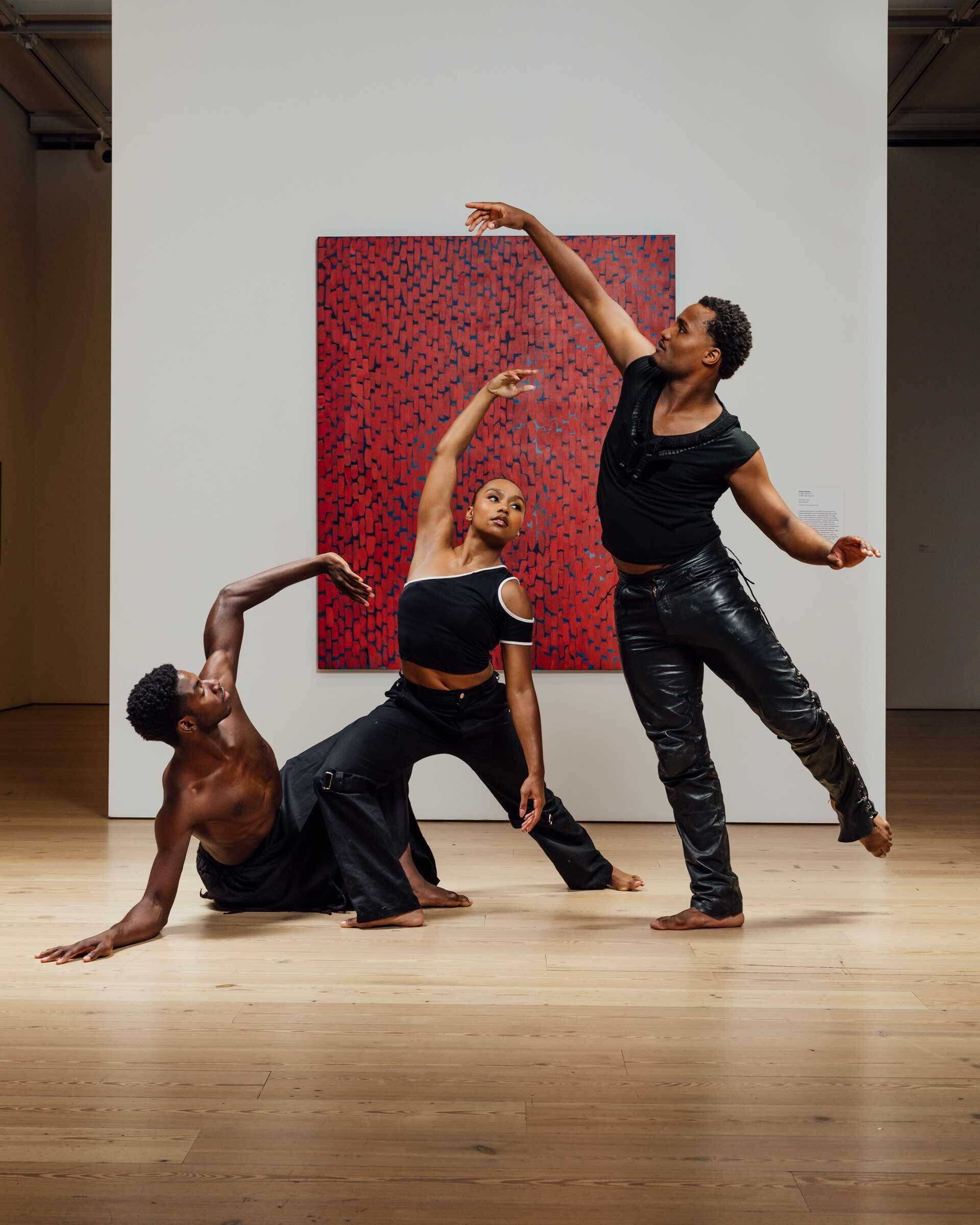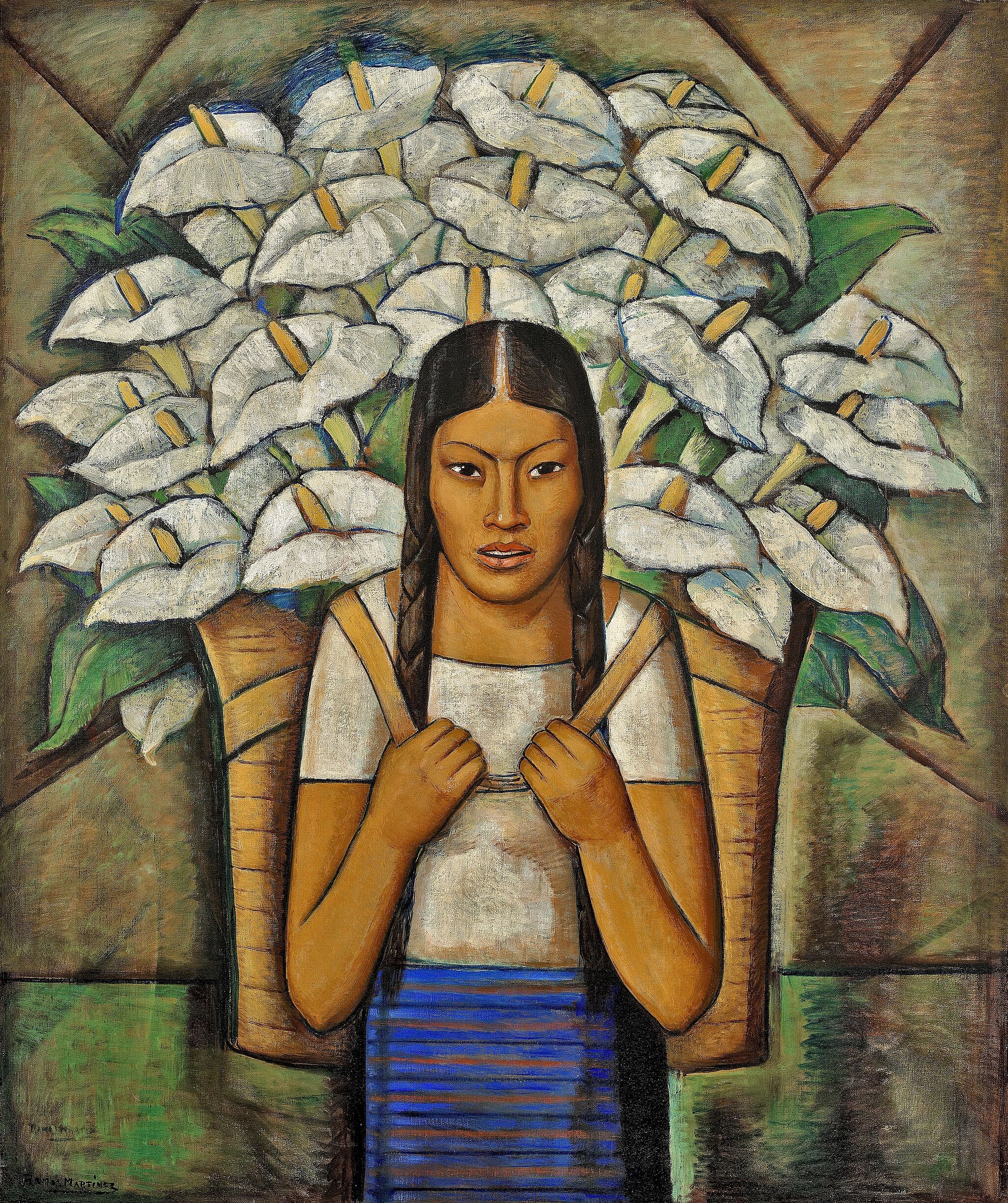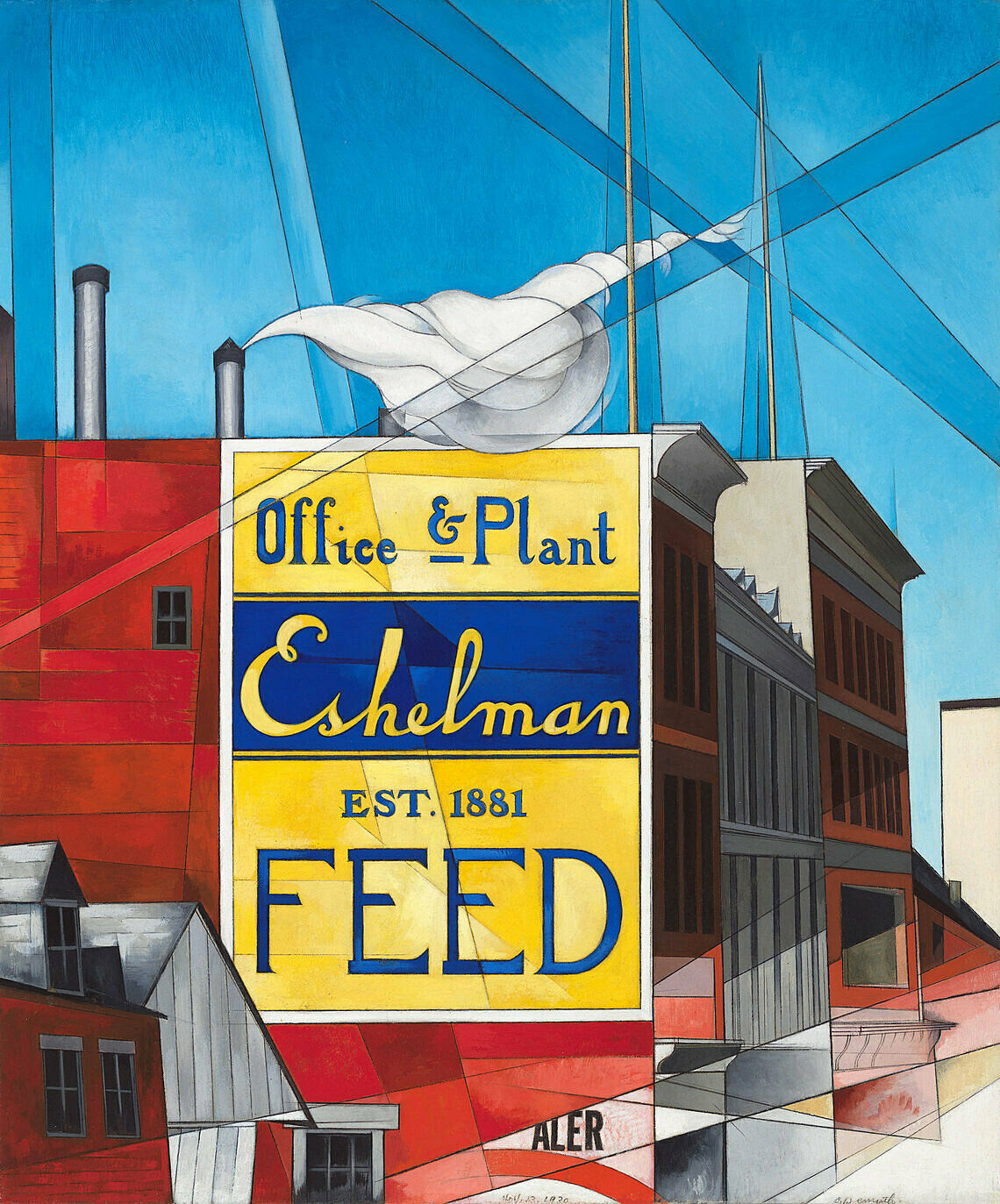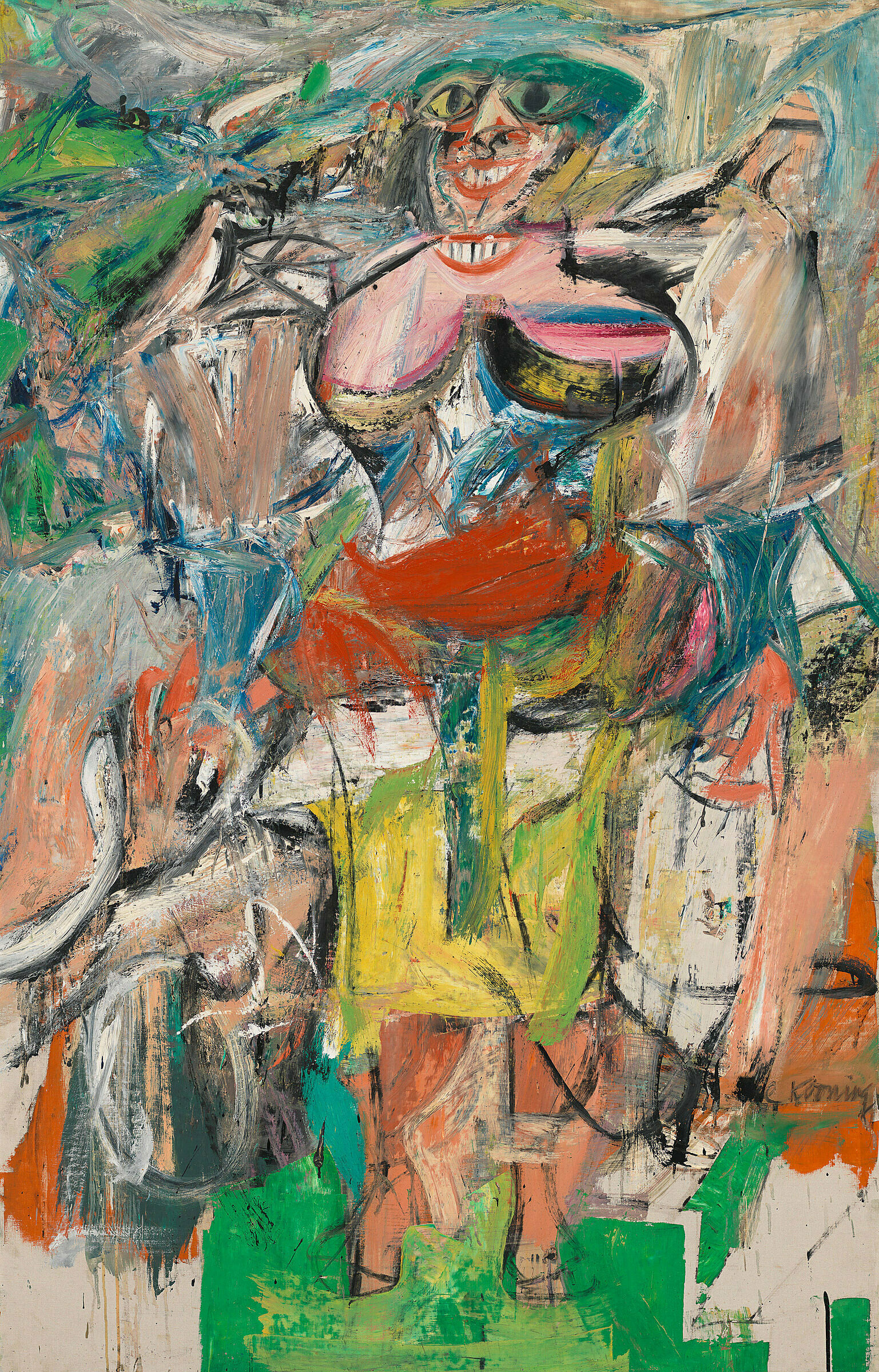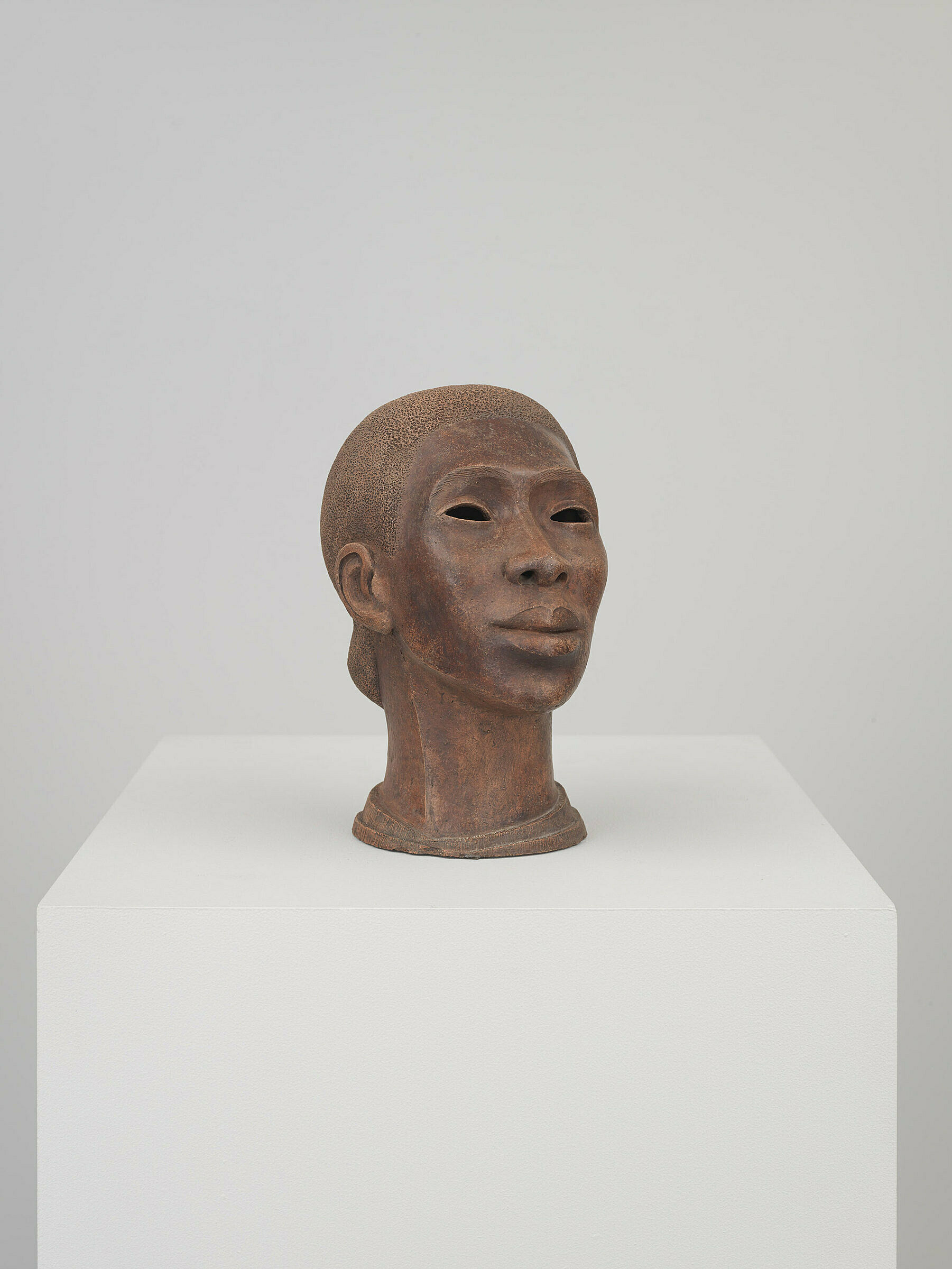Elizabeth Catlett
1915–2012
Although Elizabeth Catlett was the granddaughter of former slaves and grew up during a time of severe racial and gender discrimination in the United States, the prints and sculptures she produced during her nearly seven-decade career signal her belief in the dignity of humankind. Catlett credited Grant Wood, with whom she studied painting at the University of Iowa, with encouraging her to focus on the subjects she knew most about. She took his advice to heart and began making depictions of African American women, often in the context of familial relationships or in settings suggesting larger social and political struggles.
After becoming the first woman to receive an MFA from the University of Iowa, in 1940, Catlett studied ceramics at the Art Institute of Chicago. She became a vital figure of the Harlem Renaissance during its waning years in the early 1940s, and in 1946 she received a prestigious grant to travel to Mexico; she established permanent residency there the following year, and eventually became a Mexican citizen. Head, one of her first terracotta sculptures, was made there using an ancient coil technique native to the region. The close- cropped hair and slightly abstracted features seen in this serene and stately portrait transcend the particular racial identity of Catlett’s subject, suggesting a universal portrayal of the venerable attributes of all women. As Catlett once explained, “I thought of sculpture as something more durable and timeless [than printmaking], and I felt that it had to be more general in the idea that I was trying to express.”
Introduction
Elizabeth Catlett, born as Alice Elizabeth Catlett, also known as Elizabeth Catlett Mora (April 15, 1915 – April 2, 2012) was an American and Mexican sculptor and graphic artist best known for her depictions of the Black-American experience in the 20th century, which often focused on the female experience. She was born and raised in Washington, D.C., to parents working in education, and was the grandchild of formerly enslaved people. It was difficult for a black woman then to pursue a career as a working artist. Catlett devoted much of her career to teaching. However, a fellowship awarded to her in 1946 allowed her to travel to Mexico City, where she settled and worked with the Taller de Gráfica Popular for twenty years and became head of the sculpture department for the Escuela Nacional de Artes Plásticas. In the 1950s, her main means of artistic expression shifted from print to sculpture, though she never gave up the former.
Her work is a mixture of abstract and figurative in the Modernist tradition, with influence from African and Mexican art traditions. Catlett's work can be described as social realism because of her dedication to the issues and experiences of African Americans. According to the artist, the primary purpose of her work is to convey social messages rather than pure aesthetics. Her work is heavily studied by art students who want to depict race, gender, and class issues. During her lifetime, Catlett received many awards and recognitions, including membership in the Salón de la Plástica Mexicana, the Art Institute of Chicago Legends and Legacy Award, honorary doctorates from Pace University and Carnegie Mellon, and the International Sculpture Center's Lifetime Achievement Award in contemporary sculpture.
Wikidata identifier
Q290331
Information from Wikipedia, made available under the Creative Commons Attribution-ShareAlike License . Accessed November 25, 2025.
Introduction
The African-American sculptor, painter, and printmaker Elizabeth Catlett was born in Washington, D.C. She attended Howard University and the University of Iowa. In 1946 she received a Rosenfeld Fellowship to travel to Mexicio with her husband, the artist Charles White. She has since remained in Mexico. Her work reflects her interest in African art and social issues in the United States and Mexico.
Country of birth
United States
Roles
Artist, educator, graphic artist, painter, sculptor, teacher
ULAN identifier
500011840
Names
Elizabeth Catlett, Elizabeth Catlett Mora
Information from the Getty Research Institute's Union List of Artist Names ® (ULAN), made available under the ODC Attribution License. Accessed November 25, 2025.

